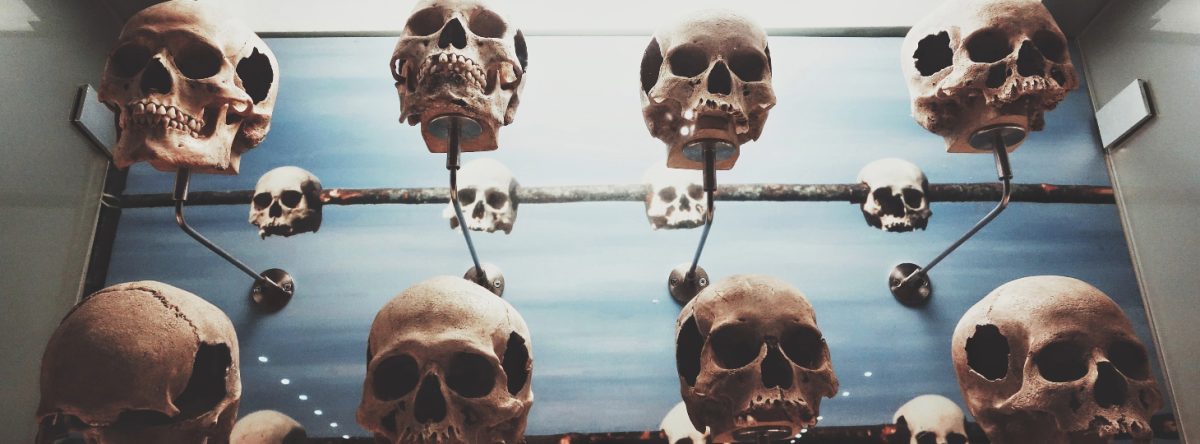40 things for 40
Written December 2019:
It’s my 40th birthday in January! I’m feeling pretty good about it.
There was a time (not too long ago) when I would’ve lamented all the ways in which my life isn’t the way I’d imagined it would be at 40. I’ve no kids, I’m not married, and I’m not minted.
Younger me knew these were no hardships, that being footloose and fancy-free, with no desire to measure my worth against my bank balance, was essentially living the dream.
Then 30-something me wallowed in the whole compare-and-despair thing, noticing only the gap between the life I live and what ‘everyone else’ is (apparently) doing.
Funnily enough, the more I tried to shrink that gap, the emptier I felt. Probably something to do with the fact I was moving further away from who I really am and what rocks my world.
As a teen, what I wanted to do when I grew up was go everywhere, learn everything, meet all kinds of interesting people, and do everything. I went on to basically do that! I spent years in my element: travelling, learning, trying new work, studying, and being inspired by other non-conformists.
And then I lost it.
Well, not entirely, I guess. That sense of curiosity and adventure remained, and I put it to use in my work and life. But I forgot that in doing so I was living exactly the life I’m meant to live.
And then, 2019. This has been my year of remembering. Nothing’s changed really, but now I recognise how friggin lucky I am.
If I measure success in my terms – Am I growing and experiencing? Am I connecting with people? Are my strengths being harnessed? – then I feel blown away by how good things are.
Forget metrics that aren’t of your making.
I wonder if, in our society, 40 is subconsiously a mini-‘death’. It was, after all, the average life expectancy in the not too distant past, so perhaps there’s even an in-built drive to achieve a lifetime of goals by the big four oh.
Either way, there are a lot of messages out there telling us we’ve got till 40 to do x, y and z. If you can get over that conditioning and see it for the fiction it is, well then, the world’s your oyster really!
And so, as my 40th approaches, I realise how excited I am about what’s ahead. If things have been so interesting in the last 20 years, imagine what might happen in the next 20! Now I’ve got 20 years of skills, relationships and maturity behind me, there are so many new and fascinating directions that could unfurl before me. Growth could be exponential!
For my fortieth then, I’m going to do forty things to honour and celebrate each of the years I’ve been lucky enough to live. I’d like them to be small pleasures, often shared with others, that will allow me to take time to stop and appreciate what’s good in life.
I’ve started today (tried reiki) and will do a couple of things each week till the start of Spring (it’s also a useful way to get through the Scottish winter, eh…!).
I’d LOVE to have your suggestions so I can complete the list, so PLEASE get in touch!
Here are some ideas friends have given me so far (it keeps expanding as I add to it):
- Walk the Eilden Hills from Melrose
- Cycle the 7 hills of Edinburgh
- Iceskating
- Escape the room team game
- Karaoke
- Afternoon chai & Old Fashioned at Dishoom
- Host a dinner and try a new recipe
- Henna my hair
- Somatic experiencing workshop
- Try a gong bath
- Buddhism introductory course
- Skiing in Glencoe
- NLP course
- Creative writing evening
- Visit Drift Café in North Berwick
- Play Cards Against Humanity
- Brunch at Gardner’s Cottage
- Try reiki
- Live music at Cloud Café
- Get a portrait done of my dog!
- Star-gazing at Kielder Observatory, Northumbria
- Storytelling workshop with Real Talk
- Try an expressive dance class
- Non-violent Communication (NVC) course
- Silent disco
- “Go away for a weekend with some great gal pals, switch off phones, light a fire and drink some wine”????
- Beecraigs Festive Forest
- Pilates with pygmy goats!
- Get fit again
- Visit Findhorn
- Pole dancing class
- Make actual printed photo albums
- Turkish baths in Portobello
- Artist’s Way
- Drink and Draw
- ??? Your ideas!
#40thingsfor40



 According to Stanford professor
According to Stanford professor 





